How to Choose the Right Mobile Elevated Platform for Your Business Needs
In today's fast-paced industrial landscape, selecting the appropriate Mobile Elevated Platform (MEP) is crucial for maximizing productivity and ensuring safety on the job site. According to a report by the International Powered Access Federation (IPAF), the global market for mobile access platforms has seen a substantial growth rate of over 7% annually, reflecting the increasing reliance on these machines for various applications, from construction to maintenance. With advancements in technology and a growing emphasis on workplace safety, businesses must carefully evaluate their specific needs—considering factors such as load capacity, working height, and mobility options. A well-chosen MEP not only enhances operational efficiency but also minimizes the risk of accidents, as evidenced by industry statistics showing that proper equipment selection can reduce workplace injuries by up to 40%. Therefore, understanding how to choose the right Mobile Elevated Platform tailored to business requirements is essential for fostering a safer and more efficient working environment.

Understanding Your Business Requirements for Mobile Elevated Platforms
When selecting the right Mobile Elevated Platform (MEWP) for your business, it is essential to thoroughly understand your specific requirements. Consider the types of tasks your team will be performing, the height needed for those tasks, and the working environment, which may include indoors, outdoors, or varied terrains. The recent updates to the ANSI A92 standards stress safety regulations, so ensuring that the chosen platform complies with these guidelines is crucial for safeguarding your employees and meeting legal obligations.
Tips: Evaluate your business's operational needs by regularly assessing project types and locations to identify the optimal MEWP configurations. Additionally, consider whether you require a versatile platform that can navigate tight spaces or one with a higher weight capacity for more demanding tasks.
Market forecasts suggest significant growth in MEWP demand, which also reflects the increasing awareness of safety and efficiency in work environments. Taking these factors into account will help you invest wisely in a platform that not only meets present requirements but also adapts to future business growth.
Evaluating Different Types of Mobile Elevated Platforms Available
When evaluating different types of mobile elevated platforms (MEPs) for your business needs, it's crucial to consider the specific tasks and environments in which these platforms will be utilized. Aerial work platforms can vary significantly in height, mobility, and functionality. Common types include scissor lifts, boom lifts, and vertical lifts. Each model serves different purposes; for instance, scissor lifts offer stable platforms ideal for indoor work at moderate heights, while boom lifts provide greater reach for overhead tasks.
**Tips:** Always factor in the lift's load capacity and the height requirement for your projects. Knowing the weight that the platform must handle can prevent operational hazards. Additionally, the choice between electric or diesel-powered lifts depends on your work settings—electric models are suitable for indoor use, offering quieter operation and reduced emissions, whereas diesel lifts excel in outdoor environments with rough terrain.
Furthermore, assess the mobility features of each platform. Some models come with all-terrain wheels, making them suitable for construction sites, whereas others may offer compact designs better suited for tighter indoor spaces. Consider how frequently you’ll need to move the platform and choose one that aligns with your site's layout and accessibility requirements.
Comparative Analysis of Mobile Elevated Platforms
Key Features to Consider When Choosing Mobile Elevated Platforms
When selecting a mobile elevated platform (MEP) for your business needs, it's essential to consider several key features that can significantly impact usability and safety. First and foremost, the platform's height and reach capability must align with the specific tasks your workforce will be performing. Evaluate the maximum working height required, ensuring it provides adequate elevation while maintaining stability. Additionally, look for models that offer various platform sizes to accommodate the number of workers and tools necessary for the job.
Another critical feature is the platform's mobility and maneuverability. Assess whether the MEP can easily navigate through your work environment, such as tight spaces or uneven surfaces. Consider options equipped with robust wheels or tracks that enhance mobility while ensuring safe operation. Furthermore, features like adjustable outriggers can provide added stability on uneven ground, making your work safer. Lastly, review the safety specifications, including guardrails, non-slip surfaces, and emergency lowering systems, as these will contribute to the overall safety of your team during operations.
Assessing Safety Standards and Compliance for Elevated Platforms
When selecting a mobile elevated platform for your business, understanding safety standards and compliance is crucial. Elevated platforms, often used in construction, maintenance, and warehouse operations, must adhere to specific regulations to ensure the safety of operators and personnel. Key standards include those set by OSHA in the United States and EN standards in Europe, which outline the necessary requirements for design, construction, and operational safety. Employers should familiarize themselves with these regulations to minimize risks and avoid legal repercussions.
Additionally, companies should evaluate the compliance certifications of each platform. Platforms that meet safety standards are typically labeled with relevant certifications, such as ANSI or CE markings. These signify that the equipment has been tested and verified to perform safely under specified conditions. Beyond compliance, regular safety training and inspections are essential to maintain these standards. Providing training for operators on the proper use of elevated platforms not only fosters a culture of safety but also enhances operational efficiency, ensuring that employees are well-equipped to handle equipment properly in a variety of environments.
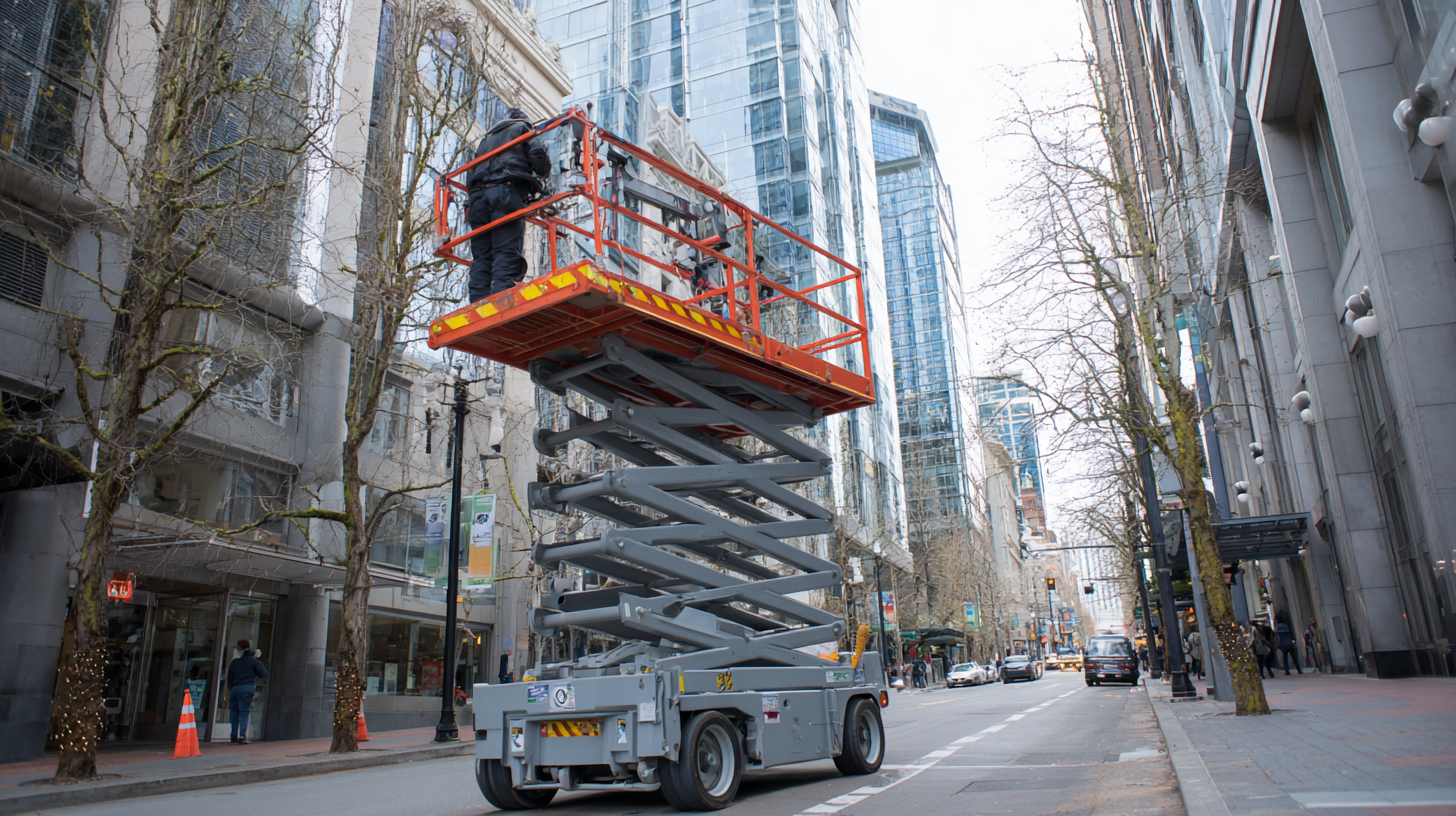
Budgeting and Financing Options for Mobile Elevated Platforms
When choosing a mobile elevated platform for your business needs, understanding the budgeting and financing options available is crucial. In 2025, cost factors such as complexity and features play a significant role in determining the total expenses associated with acquiring and maintaining such platforms. Businesses must evaluate the intended use of the platform, as specialized features may drive up costs, while more basic models might suffice for simpler tasks.
Additionally, it's essential to explore various financial strategies to fund these investments. Options may include leasing versus purchasing, financing through loans, or utilizing purchase incentives offered by manufacturers. Each approach has its implications on cash flow and budget allocation, making it vital for businesses to conduct thorough financial analyses to align their platform choices with overall financial goals. By employing effective budgeting strategies and considering long-term operational costs, organizations can make informed decisions that enhance productivity without straining their finances.
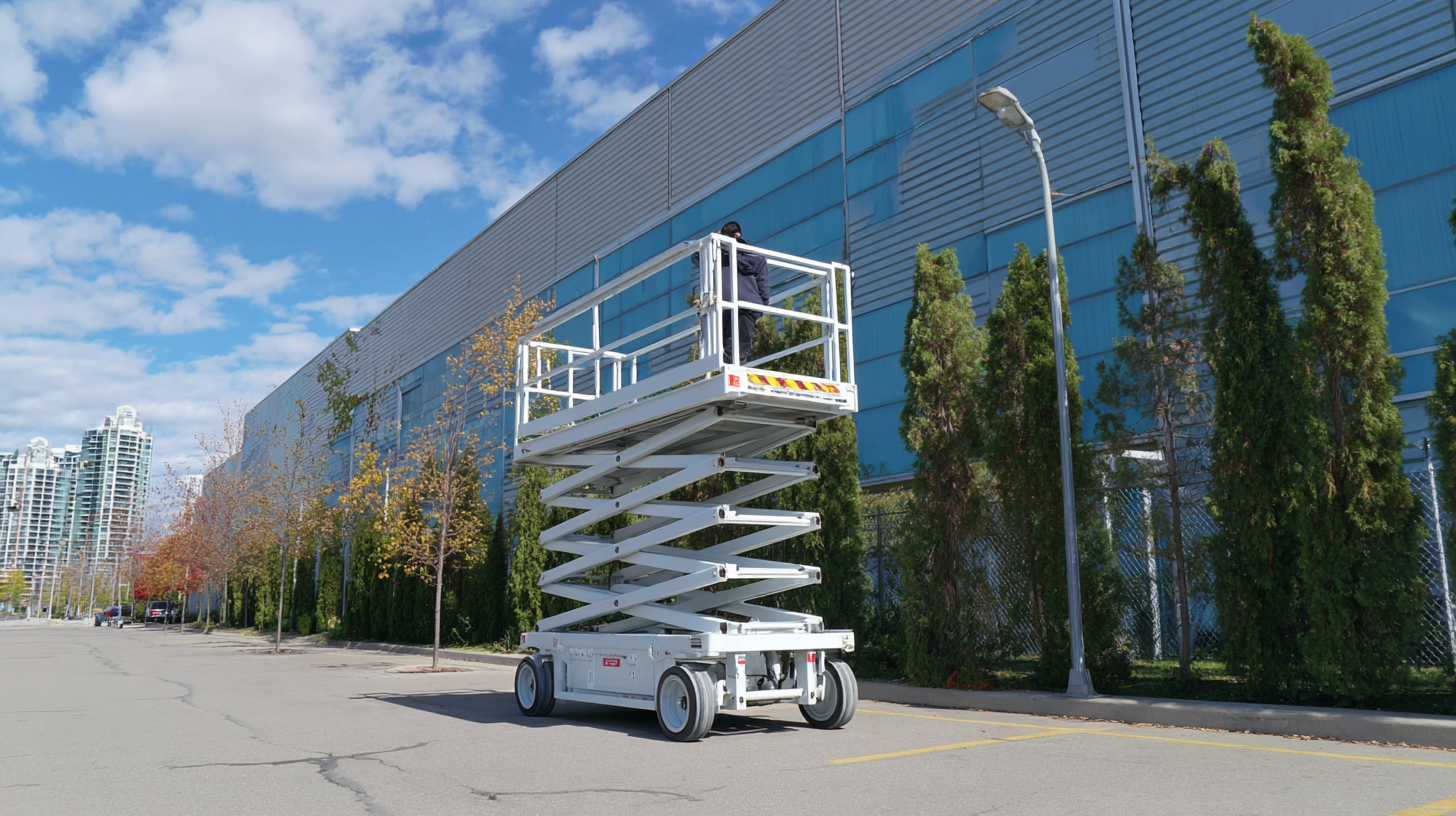
Related Posts
-
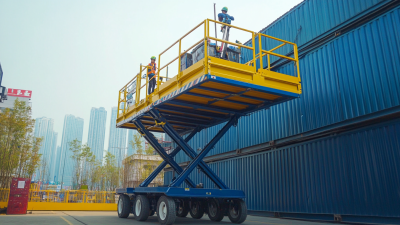
Top Mobile Elevated Work Platform Manufacturers in China at the 137th Canton Fair
-

Rising Above Tariffs How Chinese Manufacturing Thrives with Best Ansi A92 Mewp Standards
-
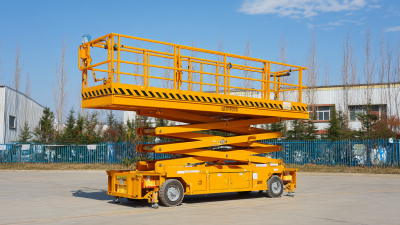
Championing Excellence in Mobile Elevated Work Platforms Made in China
-
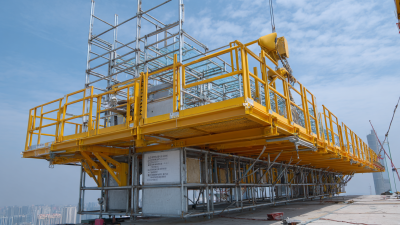
What is the Advantage of Using the Best Mast Climbing Platform for Construction Efficiency
-
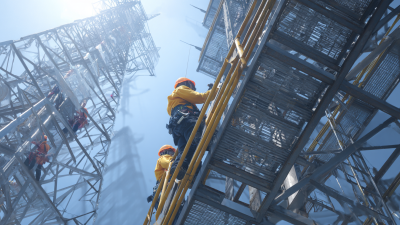
Exploring Innovative Alternatives to Best Mast Climbing Work Platforms Mewps
-

Innovative Examples of Climbing Platforms Enhancing Safety and Efficiency in Industrial Applications
